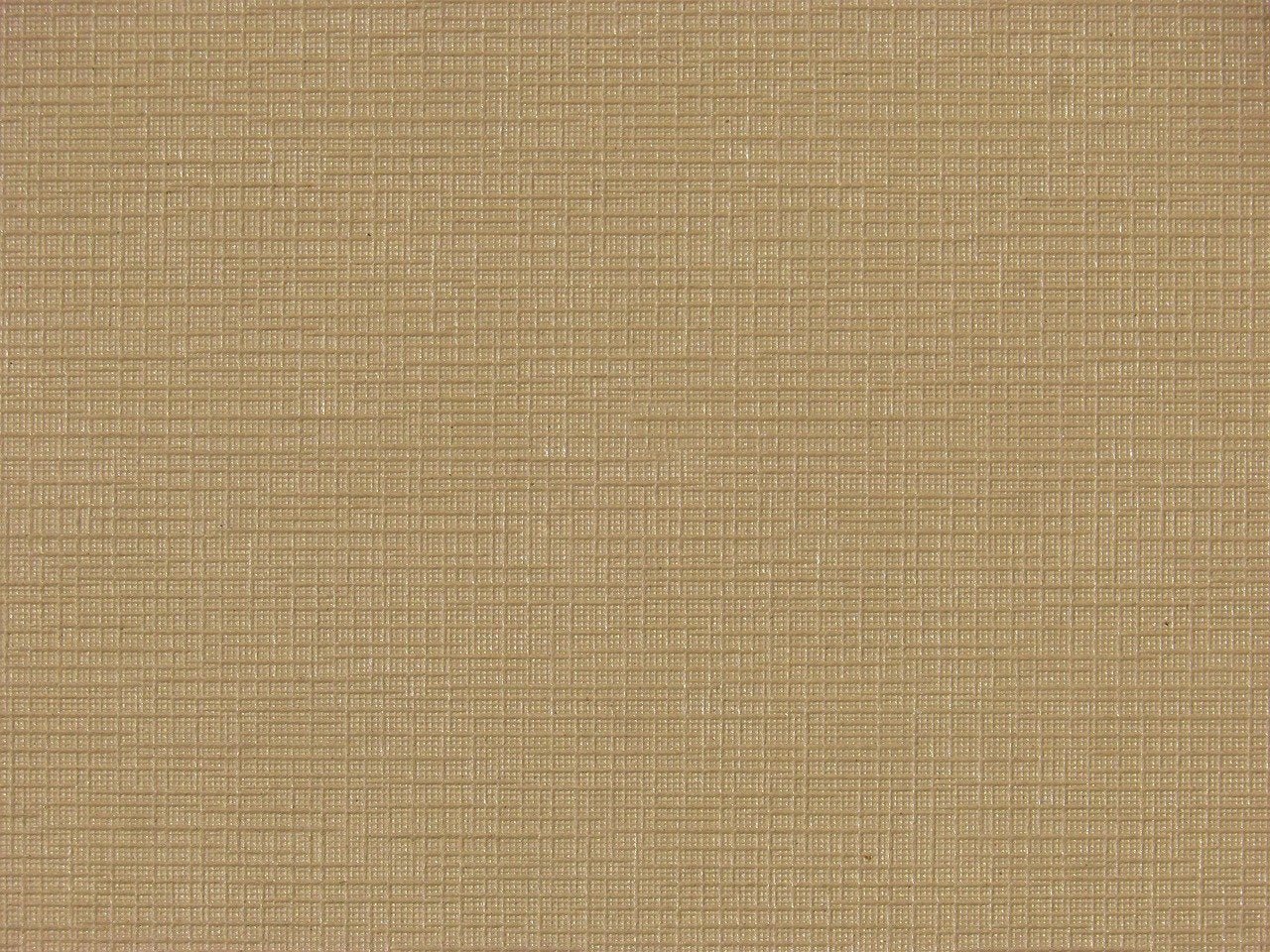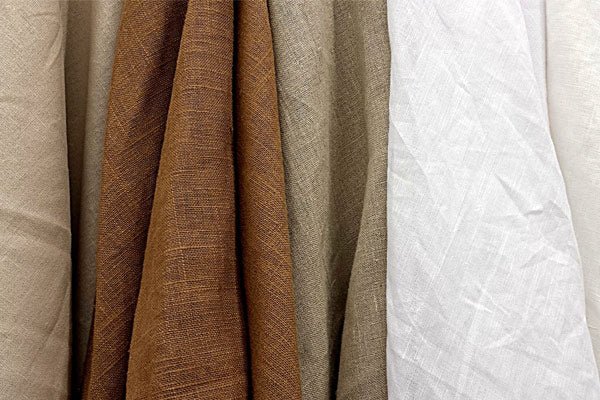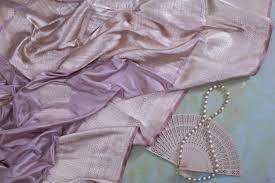Khadi, a fabric that reflects both a past and a future perspective, is a hallmark of Indian textile history. History reveals some fascinating facts about khadi. Indians have been practicing hand spinning and weaving for thousands of years. Archaeological artefacts, such as clay spindles (for spinning), bone tools (for weaving), and figures dressed in woven fabrics, suggest that the Indus Valley Civilization had a thriving textile culture. Hand spinning and weaving have been resurrected in India for over two millennia, making Khadi an ancient fabric. The essence of this has been discovered in the Indus Valley Civilization (around 2800 B.C.). As per archaeologists, the Indus Valley Civilization had a well-developed and booming industrial base. The Catholic Sculpture discovered in Mohenjo-Daro wears an exquisite robe over the shoulder with motifs that are still seen in modern Sindh, Gujarat, and Rajasthan.
HISTORY OF KHADI
When Alexander the Great conquered India, his men adopted cotton clothing, which was considerably more comfortable in the heat than their usual woollens. Alexander's admiral, Nearchus, noted that "the material worn by Indians is made of cotton growing on trees," while another Greek historian, Strabo, praised the vibrancy of Indian textiles.
Alexander the Great's commercial route marked the beginning of the spread of hand-woven garments throughout Asia and Europe. By the end of the 17th century, hand-woven calico, chintz, and muslin were popular on European marketplaces. The rising popularity of woven hand textiles challenged local foreign market expertise, leading to the passage of chintz bans in France and England. With the development of industrialization and textile mills, they were able to sell their made goods to India at extremely inexpensive prices. The decrease in hand-woven cotton garments continued until Mahatma Gandhi took on the duty of intertwining the Khadi movement with a larger battle for liberation.
Gandhi not only revived India's ailing Khadi sector but also elevated the modest hand-spun cloth to the status of a symbol of all things swadeshi. When he pushed Indians to reject British-made clothing, spin their own yarn, and wear khadi, he was urging them to rediscover their pride in their history while also supporting their rural compatriots. This subtle masterstroke propelled the freedom movement past the ivory towers of the educated social elite and into the hands of the masses. This was also Gandhi's means of drawing attention to Britain's exploitative policies and putting a significant dent in the legitimacy of British colonial authority in India.
If we have the ‘khadi spirit,' we will surround ourselves with simplicity in all aspects of our lives. The term "khadi spirit" refers to an endless amount of patience.
EVOLUTIONARY KHADI MOVEMENT
Following independence, the Indian government formed the All India Khadi and Village Industries Board, subsequently renamed the Khadi, Village and Industries Commission (KVIC) in 1957. Since then, KVIC has been planning and implementing the growth of India's khadi sector. It promotes research in manufacturing processes, as well as the provision of raw materials and tools to manufacturers, quality control, and marketing of khadi goods.
Khadi represents work for all: it is the revolution's fibre. It is a concept to bring a community together and provide long-term economic opportunities for everybody. Gandhi returned to wearing exclusively Khadi in 1921. He referred to it as the "fabric of Indian freedom" as well as "holy cloth," and he championed and supported the revival of Khadi to alleviate poverty in communities across the country. The spinning and weaving of Khadi were elevated to an ideology of self-reliance and self-governance at this age. It was closely linked to Independence and became a symbol of resistance. It sparked the beginning of genuine democracy.
Khadi had become a fashion statement by the early 1990s. KVIC organized the inaugural khadi fashion exhibition in Bombay in 1989, showcasing over 80 types of khadi clothing.
As India entered the twenty-first century, a new generation of Indian designers began experimenting with this flexible fabric, ensuring that khadi remained fashionable. While the eco-friendly fabric was already well-known for its rough texture, pleasant feel, and capacity to keep people warm in winter and cool in summer, its modern yet uniquely Indian reinterpretation has made it highly popular to the millennial generation.



コメントを書く
このサイトはhCaptchaによって保護されており、hCaptchaプライバシーポリシーおよび利用規約が適用されます。